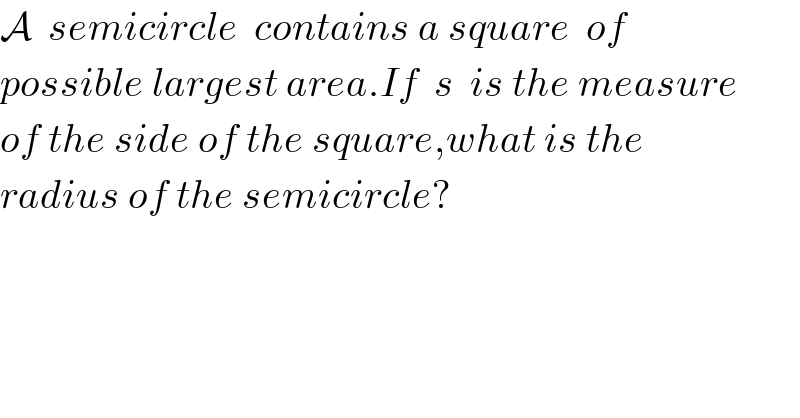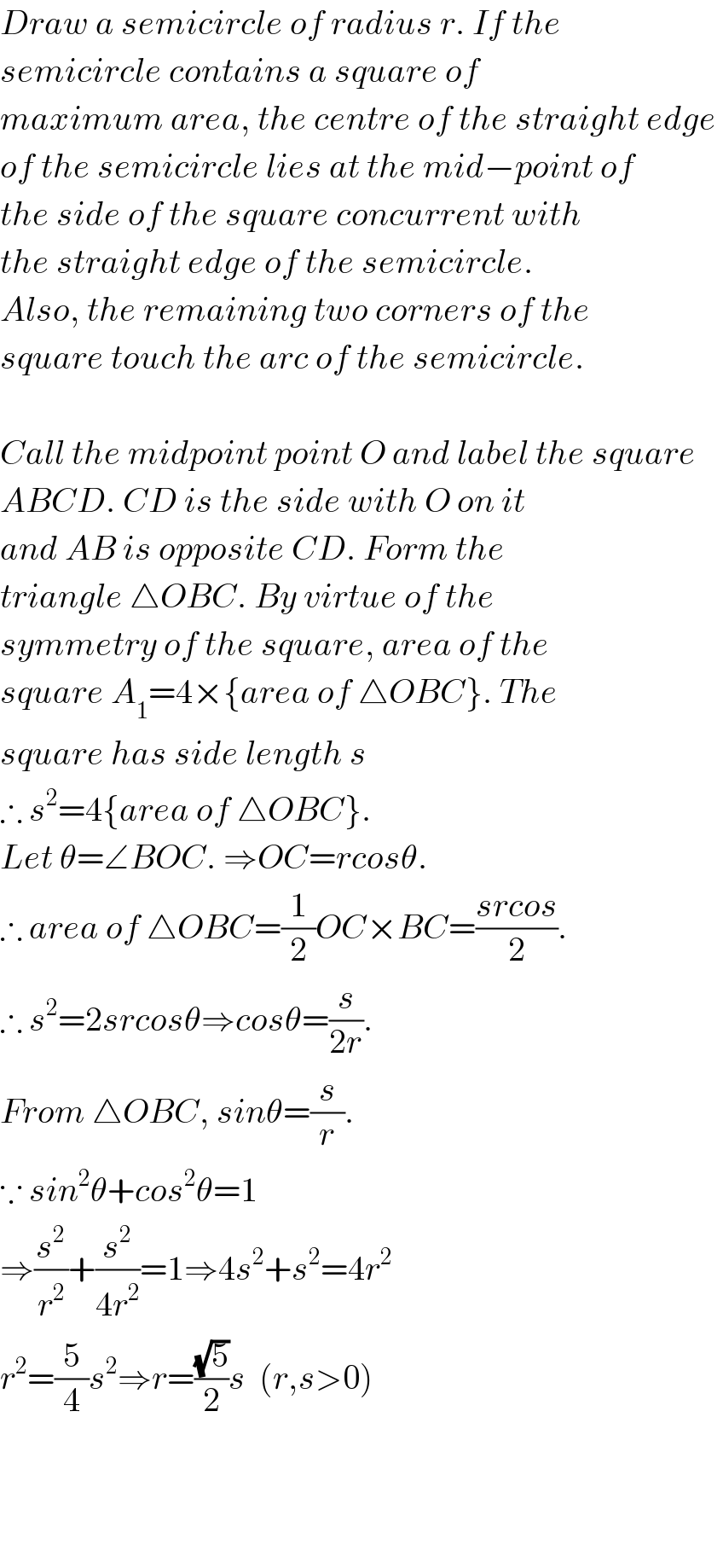
Question and Answers Forum
Question Number 3840 by Rasheed Soomro last updated on 22/Dec/15

Answered by Yozzii last updated on 24/Dec/15

Commented by Rasheed Soomro last updated on 24/Dec/15

| ||
Question and Answers Forum | ||
Question Number 3840 by Rasheed Soomro last updated on 22/Dec/15 | ||
 | ||
Answered by Yozzii last updated on 24/Dec/15 | ||
 | ||
| ||
Commented by Rasheed Soomro last updated on 24/Dec/15 | ||
 | ||